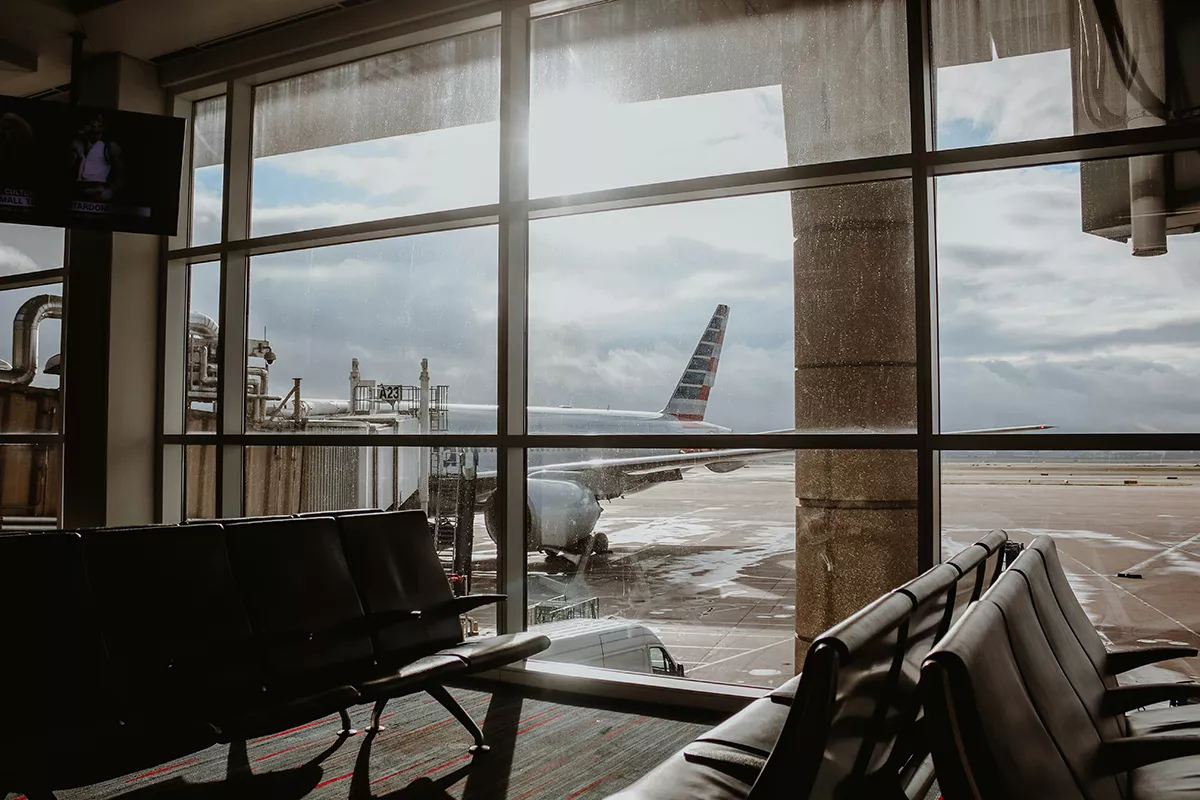How much a Filipino worker can save depends on how much money he or she makes to cover basic expenses. However, the 2015 World Bank survey suggests that education is also a factor on how we handle our finances. According to senior financial sector specialist, NataliyaMylenko:
“The area of financial education came into light after the global financial crisis. It became really clear that a lot of reasons for the malfunction came from lack of awareness of risks.”
In fact, the Filipinos who were asked to take a financial literacy quiz only got a grade of 45%. That’s 3.2 correct answers out of 7 questions.
Those who passed the financial literacy quiz are 24% less likely to buy things they can’t afford, 11% less prone to over-borrowing, and 20% more likely to have extra money after paying for basic necessities.
Meaning, a lot of Pinoys are prone to overspending. But why do we overspend?
Table of Contents
Toggle1. We Have “Hot Pandesal Syndrome”
From sports to education to politics to consumer goods, the bandwagon mentality is evident among us Filipinos. Also known as bandwagon effect, the Hot Pandesal Syndrome happens when a person’s adoption of a belief or idea increases depending on the number of people who have already done so.
Ask someone what’s their favorite basketball team, 90% of them will pick the recent season champion.
Ask an incoming college student what course he or she will take, it’s likely he or she will pick a course similar to his or her friends.
Ask a voter his or her presidential bet, and what are the odds that he or she will choose the one topping the survey?
And did you notice those young millennials wearing shoes that look the same, carrying bags with similar brand name, or wearing shirts of almost similar design?
When something is making a lot of noise here or abroad, expect a buying frenzy among Filipinos.
2. It is in Our Cultural DNA
According to Philippine Statistic Authority’s 2015 Poverty Incidence Report, a Filipino needs at least PHP 1,813 per month to meet his basic needs. Take note that this report was released two years ago. Meaning, the amount you’ll need per month for 2017 would be higher due to the annual inflation rate.
Regardless, Filipinos overstretch their budget during special occasions.
Take Tondo for example. With a population count of over 600,000, it is the most densely populated district in the City of Manila. This also makes Tondo the largest slum area in the metro, wherein majority of the 4 million urban poor lives. But come the third Sunday of January, the people would be spending over and above what they can afford in celebration of the feast of Sto. Niño.
While celebrating is not wrong, spending beyond your means or borrowing money just to treat friends and family lavishly is.
So, when is it okay to really spend some money? According to Jesse Campbell of Money Management:
“The trick is to not fixate on your money goals, but rather to focus on the experience goal behind the money. Money is, ultimately, just a means to an end.”
Meaning, you don’t have to spend a lot just to celebrate an occasion. What matters is how you make do with what you have, and the experience of making the most out of it.
3. We are Victims of the “Social Status Trap”
What drives human behavior is our desire for social status. After all, this can determine who we marry or how long we can live. However, boosting our status on the social hierarchy can only give temporary results.
According to registered finance planner J3 Patiño, the social status trap is one of the leading causes of poverty in the Philippines. This is due to the belief that an increase in social status means an increase in financial status.
It’s like riding the jeepney on your way to work every day until you got promoted and received a salary raise. Eventually, you start riding an Uber or Grab daily just because you can afford it.
What you don’t know is that “increasing your social status usually means decreasing your financial status.” Why? Because of excess cash flow—not your possessions—is what determines your financial status.
In addition, decreased in financial status can lead to gaining weight. According to a study conducted by David Dubois and his colleagues, people who feel powerless (i.e. of lower social status) opt for larger food servings.
4. We are “Global Citizens”
In a 2014 brand value perception study released by Millward Brown, it was revealed that Filipinos were one of the world’s “global citizens” in terms of brand perception. This means that we know the most updated brands such as Google, Apple, and Samsung.
According to Millward Brown’s Managing Director, GoutamMitra:
“Like most consumers, Filipinos would like to go for brands which are well-known. … They want to be part of the global community of brands. A tendency to patronize global brands is a very common one in the Philippines.”
Prior to that, a Nielsen online survey revealed that Filipino consumers are likely to buy brands they already know. According to the survey, about 77% of Filipino respondents said that they usually have preferred brands before buying.
And what influences them to buy? 78% of the respondents said that it’s advertisements.
However, this is only applicable to products like cosmetics, food and beverage, and home appliance. The Internet tops the list of information source when it comes to other products like cars.
5. We are Emotional Spenders
Gallup’s 2017 Global Emotions Report revealed that Filipinos are among the most emotional people in the world. Add to that the slew of retailers popping online (thank you Facebook!), and you can be prone to emotional spending.
According to personal finance expert, Amy Fontinelle:
“Emotional spending occurs when you buy something you don’t need and, in some cases, don’t even really want, as a result of feeling stressed out, bored, under-appreciated, incompetent, unhappy, or any number of other emotions.”
In a 2011 study published in Journal of Psychology and Marketing, researchers Selin Atalay and Margaret Meloy found that 62% of shoppers purchased something to cheer themselves up. Another 28% did so to celebrate.
Emotional spending also happens when dealing with depression, anxiety, or low self-esteem. Shopping or “retail therapy” can be the primary or only way to cope with stress.
Think About Why You Overspend
While splurging a little won’t kill you or your budget, it’s still important to know where your money goes. But there’s no need to beat yourself up when you’ve spent more than you wanted to.
Related: 6 Warning Signs That You’re an Overspender
If you’re an overspender, ask yourself why do you overspend?
Do you do it to relieve stress? Do you want to impress other people? Or are you just unaware of your true spending habits?
Knowing that you’re a spendthrift is one, but understanding why you are such is another.
The next step to overcoming your spending issue is to identify your triggers. What urges you buy stuff you don’t need? Why do you buy it in the first place? How does it make you feel before, during, and after buying it?
Otherwise, you can never stop yourself from incurring debt and unnecessary expenses. Knowing why you overspend can help you curb how you handle your money.
Recommended article: 9 Ways to Fix Your Overspending Problems
Faith Dayrit is Cash Mart’s resident writer specializing in personal finance. She also has the tendency to dip her toes in digital marketing and mompreneurship.





